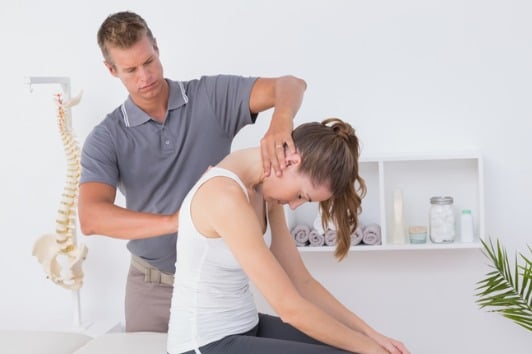Hands-On (Manual) Physical Therapy
Providing one-on-one care to get you back to your life
Our physical therapists work with each patient to maximize the potential for the body to heal and function optimally. Your physical therapy experience begins with a comprehensive and thorough evaluation of the body; not just where your pain is located, but also in adjacent areas, that may be related to the source of your problem area. Our physical therapists are experts at finding the source of your pain and dysfunction. Following your evaluation, we use a combination of hands-on manual therapy techniques, targeting therapeutic exercise, and education to help you feel and perform your best. Our goal is to improve your life and get you back to doing the things you most like to do.
Techniques
Of Physical Therapy

Living Life Again
At VSI, we celebrate every patient’s unique journey as a series of victories, regardless of how big or small. Our logo and brand were crafted for you, our incredible patients. Your progress towards your goals deserves the spotlight, reflecting our commitment to individualized treatment and care. Your Victories are what make VSI who we are! #MyVictoryStory
Discover the Benefits
Of VSI Physical Therapy
We redefine physical therapy through several defining principles:
- We do not compromise when it comes to delivering the best physical therapy experience to our patients.
- We provide the highest-quality physical therapy treatments in the best treatment model possible with one-on-one sessions lasting one-hour.
- We have highly-educated and expert Physical Therapists that are the best in the region. Our providers are passionate about delivering the most cutting-edge and innovative therapeutic treatments possible by using a combination of hands-on manual therapy techniques and targeted exercise tailored to your needs.
- Providing you with a state-of-art facility and the best equipment available to assist in your recovery.
- We take pride in to ensure each patient with the best customer experience at every appointment, and most importantly.
- Also conveniently providing aquatic therapy, massage therapy, personal training, and nutritional counseling as an adjunct to your care.
- We are fully committed to guiding you through your Physical Therapy and Wellness Programs to help rehabilitate your injury, get you back doing the things you love to do, and improve your life.
Frequently Asked Questions
Hands-On (Manual) Physical Therapy









